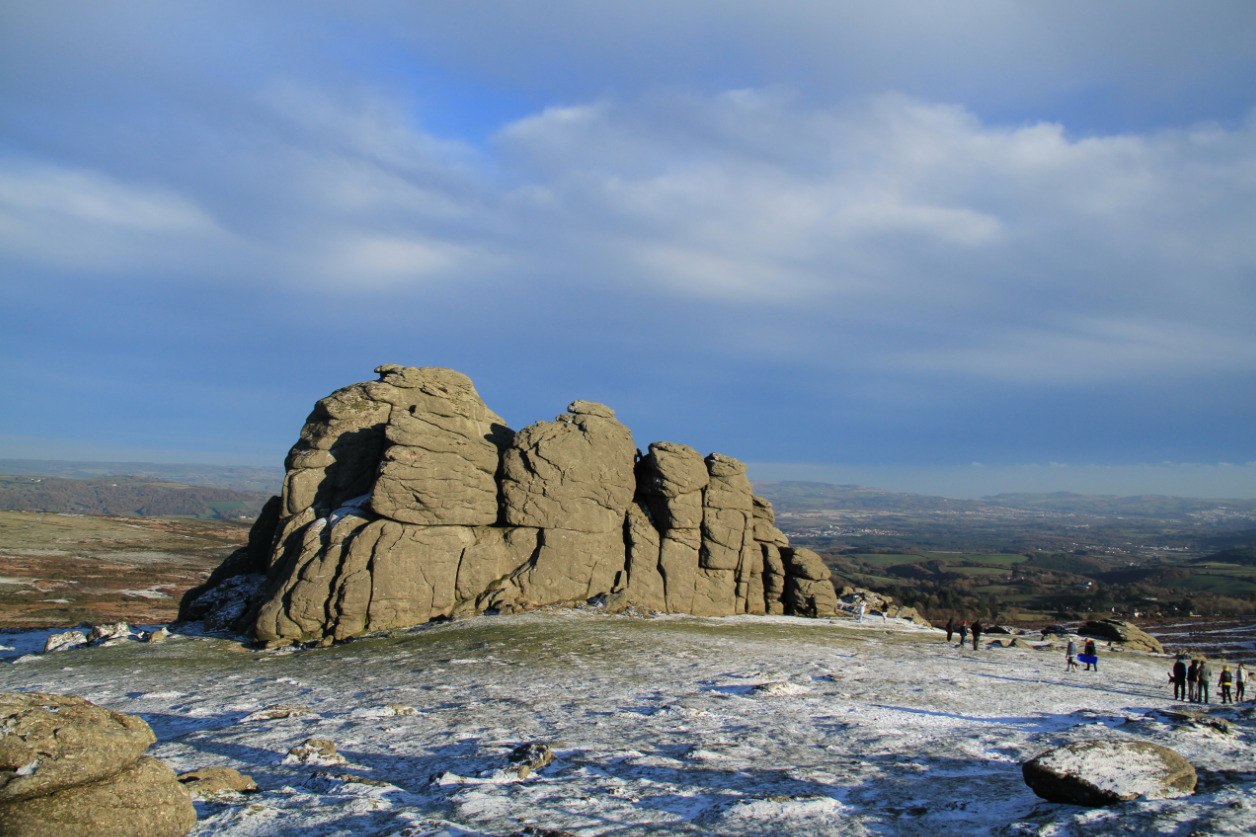
10 things to surprise you about Dartmoor and Exmoor
12 December 2019
As Monday marks the 70th anniversary of the 1949 Act that gave us National Parks, Aisla Stevens of Exmoor National Park Authority shares some unexpected facts about Dartmoor and Exmoor National Parks.
This Monday 16th December marks exactly 70 years since the ground-breaking 1949 National Parks and Access to the Countryside Act from which the UK’s 15 National Parks were founded. *
These areas were selected for their outstanding natural beauty – rich in wildlife, culture and history. But also as a ‘recreational gift to Britain’s returning Second World War service men and women’ to provide the nation with inspiration and spiritual refreshment from time spent in these special places.
70 years on a tremendous amount has been achieved to breathe life into that pioneering vision – from thousands of kilometres of rights of way and waymarked trails, to living working landscapes championing traditional ways of life and wild places largely lost from modern-day Britain.
But aside from all we know and love about these national treasures, here are 10 things that might just surprise you about the two national parks on our very own doorstep – Exmoor and Dartmoor.
- They’re shaped by humans. The UK’s National Parks are in fact the product of thousands of years of human activity through farming, industrial development and settlement. You can trace these landscapes back to the Bronze Age and before.
- They are not state owned. Like all UK National Parks, the majority of land within Exmoor and Dartmoor is in private ownership. This sets our National Parks apart from many other National Parks in other parts of the world. Dartmoor and Exmoor are living, working landscapes home to 44,000 people and 3,145 businesses.
- They generate £3billion a year! The irresistible draw of English national parks attracts around 100m visitors a year, generating an estimated £3 billion of spend within local communities. Of that around £290 million is spent here in Exmoor and Dartmoor. This makes them economic as well as environmental assets.
- They’re among the oldest of the UK’s National Parks. Dartmoor was designated in 1951, and Exmoor in 1954, making them among the first in the country to be given National Park status. The first National Park to be designated in the UK was the Peak District, also in 1951, and the most recent was the South Downs, founded in 2010.
- They have some of the country’s darkest skies. The vast open landscapes and relatively low light pollution within our national parks make them ideal for stargazing. Exmoor was the first International Dark Sky Reserve to be designated in Europe and is now one of 15 worldwide.
- They have rainforests. Along with Scotland and mainland Ireland, the South West has some of the last temperate rainforests in the world – home to extremely rare lichens, lungworts, fungi and other natural treasures, some yet even to be discovered. In the woodlands you can find rare insects and animals such as the blue ground beetle, heath fritillary butterfly and barbastelle bat.
- They have altitude. Dartmoor has the highest point in Southern England, the aptly named High Willhays at 621 metres above sea level. While Exmoor has the tallest cliffs in England, with Great Hangman towering 250 metres above the waves crashing below.
- They’re serious about climate action. Dartmoor and Exmoor both declared climate emergencies this year. They’re actively involved in caring for thousands of hectares of precious peatland, heathland and native woodland for the benefit of wildlife, water quality, natural flood prevention and the climate.
- They’re part of a family. The South West is fortunate to have no less than 20 protected landscapes in its midst, including 13 Areas of Outstanding Natural Beauty (AONB) and two National Parks, along with the longest National Trail in the country. But did you know they are all designated under the same 1949 Act? This means some, such as the Quantocks, East and North Devon AONBs, are nearly as old as their National Park sisters.
- They are independent. National Park Authorities are independent of each other and central government. While also caring for nature and the environment, they have a key role in inspiring everyone to care for these extraordinary landscapes and in supporting sustainable businesses, working to keep National Park communities viable.
By Ailsa Stevens
Communications Officer, Exmoor National Park Authority
